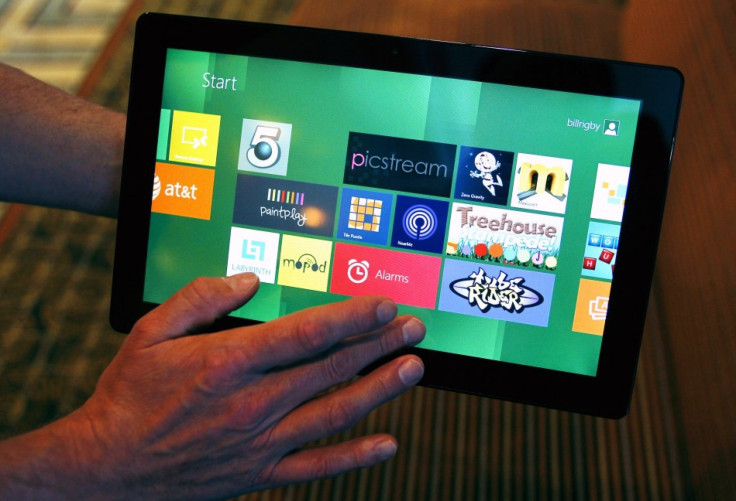Windows 8 Marks The Beginning Of The WinRT Era And The End Of WinNT Era: Gartner

Windows 8 marks the beginning of the new WinRT (Windows Runtime) computing era and the end of the WinNT era, according to a new Gartner report.
The report said that the combination of the WinRT programming model, a new user interface (UI), and legacy WinNT support will allow users to continue running their Win32 programs alongside new WinRT apps.
Analysts believe that WinRT is a new platform designed to keep Microsoft relevant in a future that will be dominated by mobile devices. Microsoft will position WinRT as its strategic platform for new development, but most users will continue to run Win32 applications for 10 years or more.
Windows 8 is the start of Microsoft's effort to respond to market demands and competitors, as it provides a common interface and programming API set from phones to servers. It is also the beginning of the end of Win32 applications on the desktop, said Michael Silver, vice president and distinguished analyst at Gartner. Microsoft will continue to support Win32, but it will encourage developers to write more manageable and engaging applications using WinRT.
Gartner expects that the Windows Desktop and legacy Windows applications will decline in importance in future Windows client releases. Metro is a new interface model that will lock organizations into the next generation of Windows. However, according to Silver, enterprises will take many years to move their applications to the new model, and it will take at least five years for significant traction of Metro-style apps to pervade all areas of user-facing enterprise apps.
Windows 8 is more than a major upgrade to Windows - it's a technology shift. We don't see technology shifts too often; the only other one Microsoft's client OS has gone through was the move from DOS technology to Windows NT technology, which began in 1993 and took eight years, ending with the introduction of Windows XP in 2001, said Steve Kleynhans, vice president for client and mobile computing.
While Microsoft is not forcing anyone to eliminate Win32 applications or preventing developers from writing them, Gartner believes that Win32 and the Windows Desktop will become less strategic over time. Most business users who adopt Windows 8 through to 2015 will spend most of their time in the desktop running Win32 applications and the desktop browser.
However, by 2020, analysts believe enterprise end users will spend less than 10 percent of their time in Win32 applications. Most applications (including OS-neutral ones) and the browser will be run from Metro. Eventually, most Win32 desktop applications are likely to be run using server-based computing (SBC) or from hosted virtual desktops.
© Copyright IBTimes 2025. All rights reserved.





















